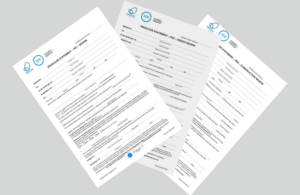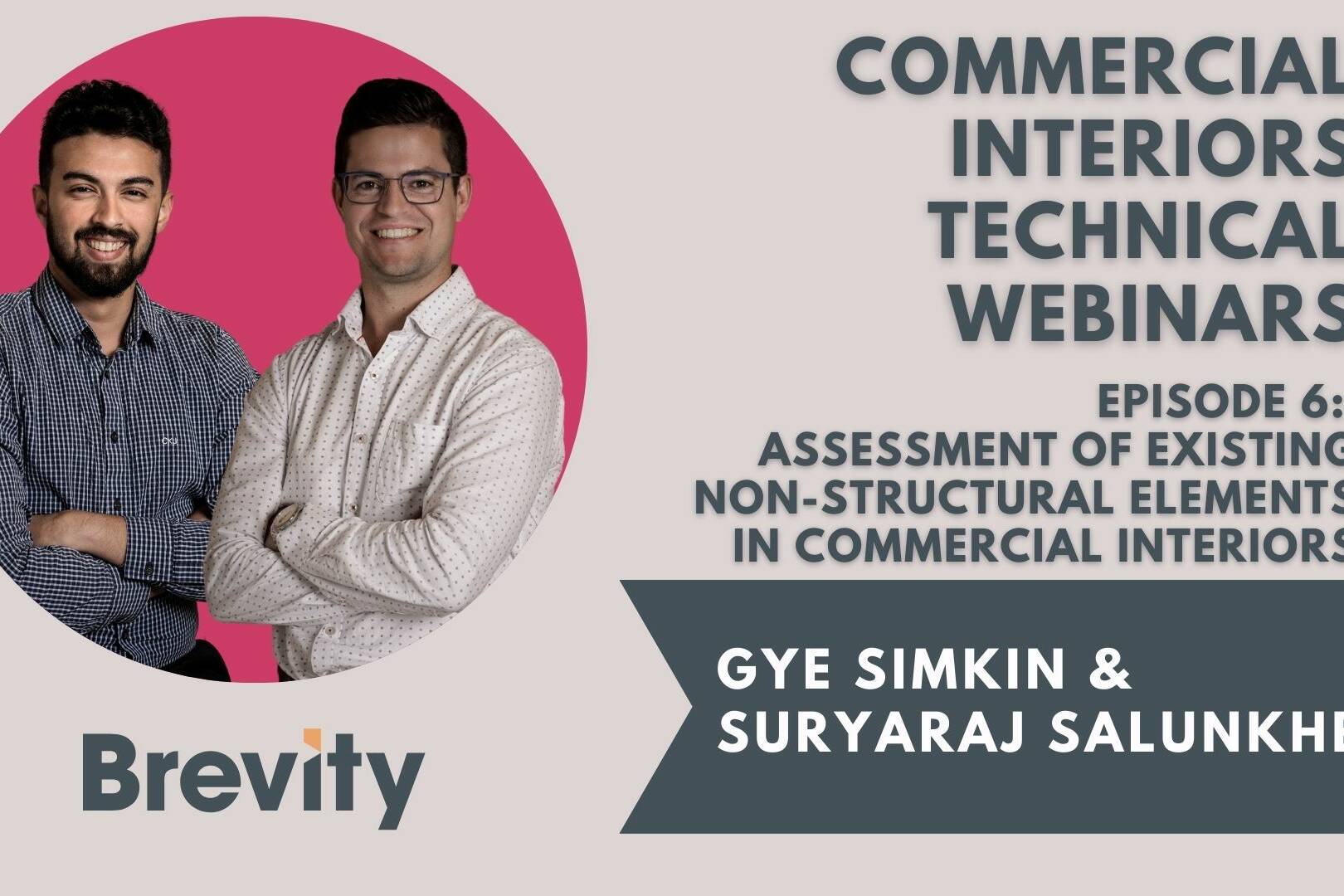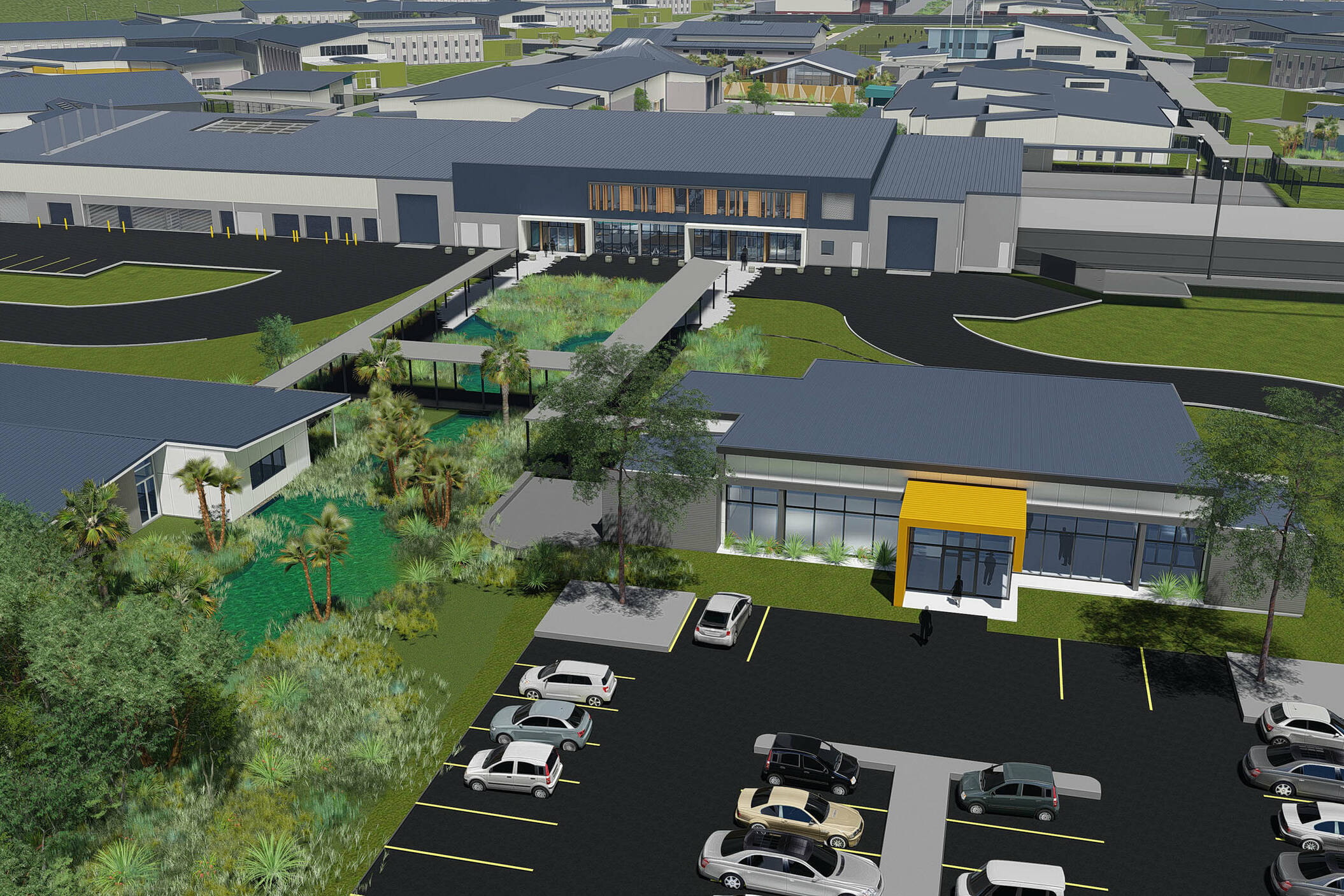If I have a PS4, do I need to do my own quality control? This question is one we hear from time to time, it’s a bit like asking if you have a Warrant of Fitness, do you still need to pay for your car to be serviced?
Some of the same things are checked, but for different purposes and for different authorities. As is so often the case, the answer is not always black and white.
Before delving into the answer of whether a Producer Statement 4 (PS4) replaces Quality Control (QC), let’s firstly look at the players:
- Producer Statements
- Construction Monitoring
- Quality Control
They all have a role in construction but how do they fit together, what is the unique role of each and where do they overlap?
(If you are clear on the ins and outs of PS, CM and QC you can click here to jump to the answer)
Let’s start with a brief overview:
1. Producer Statements
Producer statements are the standardised way for a Chartered Professional Engineer (CPEng) to show that a proposed building element complies with the NZBC.
Less formally, a producer statement demonstrates to the council that a CPEng is willing to put their name (and liability) behind a design.
Producer Statements can help support building consent applications.
They are not a product warranty or guarantee of compliance. You can read more detail about each of the 4 producer statements here.
As part of a PS1, the engineer is also required to provide a recommendation around the appropriate construction monitoring required for the construction project. These are recommendations and not requirements, but may be used by the council to determine what level of construction monitoring is required.
A PS4 will include records from construction monitoring, which are used to support the opinion of compliance. The level of construction monitoring will determine how detailed these records are.
2. Construction Monitoring
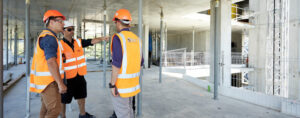
Construction monitoring is the on-the-ground checking of the construction process as it takes place. It is done by a specialist (usually an engineer) and adds value where specialist knowledge is required. The purpose is to ensure that an engineering design is understood correctly and built accordingly. The engineer helps interpret and communicate the design to those carrying out the work through RFI’s or CAN’s.
It’s important to recognise that Construction Monitoring is not the same as quality control. It doesn’t automatically relieve the contractor or council of their obligation to inspect, but it might depending on the level. There are five levels of Construction Monitoring:

To find a more detailed description of each level of CM, click here.
3. Quality Control
Quality control is normally a contractual requirement that sits between the contractor and subcontractor or sub/contractor and client. It may require an inspection test plan (ITP). Its purpose is to provide assurance that the as-built works match the performance specifications of the design. That is, all the building works are constructed as designed, using the materials and methods that are specified.
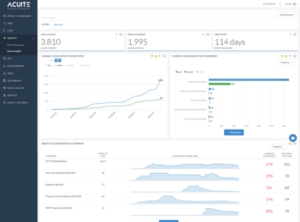
How do they work together?
So, we have producer statements for engineered building elements and we have construction monitoring to ensure engineered designs are understood. Neither of these provide guarantees of as-built compliance, this is the role of quality control.
However, at the CM5 level, where constant monitoring takes place and an engineer is on site checking that all materials and work procedures meet the design, this is effectively quality control for those particular elements.
So, when the question is asked, will a PS4 work in place of quality control, the answer depends on what level of construction monitoring is carried out, and therefore what level of information is included in the PS4.
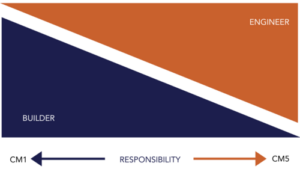
If the monitoring was at a CM1 or CM2 level, then the PS4 will not provide you with the level of quality control needed. At a CM5 level however, it will. This is where issues might arise and there is a potential for misunderstanding. How much responsibility for quality control sits with the builder and how much with the engineer? It’s a sliding scale from CM1 to CM5:
In summary, it’s about a conversation between builder and engineer to decide what level of construction monitoring is required for a particular project. More experienced builders are able to more consistently repeat the specifications and standards required, and this in turn means the requirement for construction monitoring can be lower, or the builder’s ITP can be incorporated as part of the construction monitoring evidence.
If you’d like to talk to our team about your next project and what level of construction monitoring is required, we’d love to hear from you. Please get in touch below.
Understanding Seismic Assessment of existing Non-Structural Elements in Commercial Interiors
In the latest installment of Team Brevity's technical webinar series, we delved into the critical topic of seismic…
BALANCING SECURITY AND SEISMIC SAFETY: INTERIOR ENGINEERING FOR WAIKERIA PRISON
Brevity was engaged to provide the interior seismic engineering plans for the ceilings and partitions for the new…
SEISMIC DESIGN FOR RACKING AND SHELVING IN NEW ZEALAND
In the event of an earthquake, the seismic design of racking aims to reduce the risk of collapse or damage to the…
